It sounds obvious doesn’t it? Bring some of that outside inside and you will feel better. Put a few plants on the side, buy some flowers and bring a smile to your face. It’s something that feels so instinctive that it hardly needs saying, but as we now spend up to 90 per cent of our time inside, it has become clear that it no longer goes without saying. And it turns out there’s a growing scientific interest in biophilia, or finding ways to connect ourselves to nature in the buildings we live and work in to improve our mood and well-being.
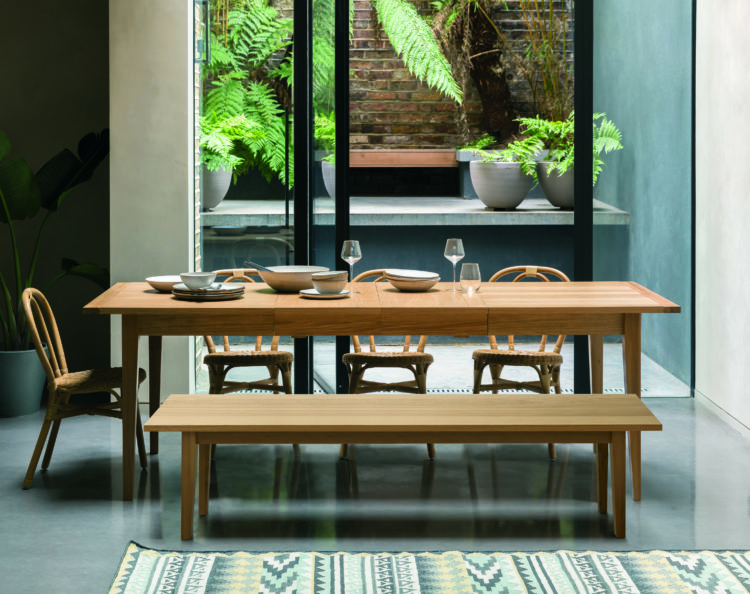
It’s been proven time and again that plants make us feel better, that green is an invigorating colour and that blue is the world’s favourite colour. But apart from sticking a pot of supermarket basil on the worktop or adding a few plants about the place because they’ve suddenly got fashionable, most of us don’t think more deeply about it than that.
Oliver Heath does. The television presenter and interior designer is an industry-recognised expert in the field of sustainable architecture and design who talks about about the importance of biophilic design, or the way we connect ourselves to the natural world through our built environment and interior design.
Oliver has long been a champion of this approach to design and, indeed, I last interviewed him about 15 years ago I think it’s fair to say we hadn’t really coined the phrase “biophilic design” but we were beginning to talk about sustainability and eco design.
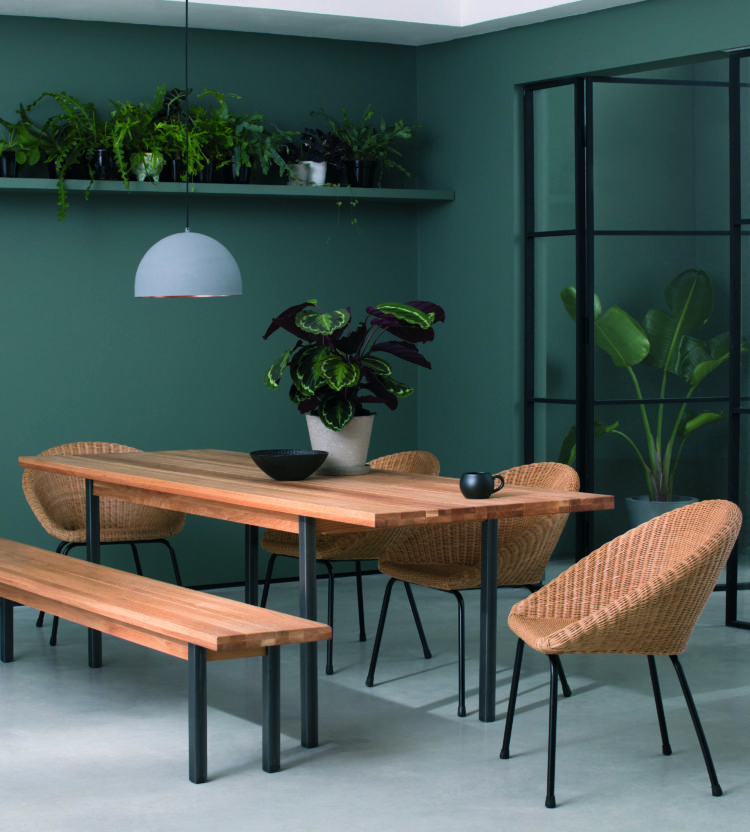
“In the face of the increasing urbanisation of our society, it’s about reconnecting to nature and to the outside world and when you think that we spend 90 per cent of our time indoors, you can see why it’s important,” he says.
Bringing natural materials into our homes and elements of nature has been proven to reduce stress, blood pressure and heart rates. We therefore become calmer, and more relaxed and then happier, which leads, in turn, to a more positive outlook on life.
Oliver has published masses of research on his site but one of the key findings he told me was that timber clad walls in schools have been found to reduce the heart rates of students by 8,600 beats a day. Just that simple connection to a texture from the outside world reduces stress and calms them down. Taking a biophilic approach to classroom design has also been found to increase learning by up to 25 per cent, improve test results, concentration and attendance and even reduce the impact of ADHD.
So when you put it like that why aren’t we all experts in biophilic design?
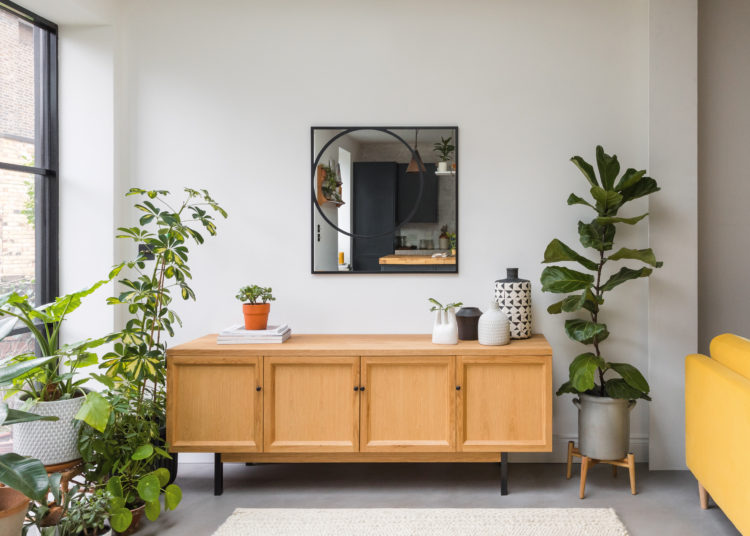
Well for those of you that aren’t, Oliver says there are three main elements. The first is about improving our connection to all forms of nature.
“The key elements are plants, air and water,” he says. “You know you feel calmer if you are in a forest and you can see plants and feel the breeze and even have your toes in water. It’s about finding a way to bring those elements into your home – the sensory elements.”
So the first way is the obvious, and direct way: plants and natural light and fresh air. Open the windows. Put a chair by the window so you can see outside. And if your view is of a carpark then put plants by the window and focus on them instead. Or look up at the sky. Oliver is a big fan of building a window seat if you have the right kind of house.
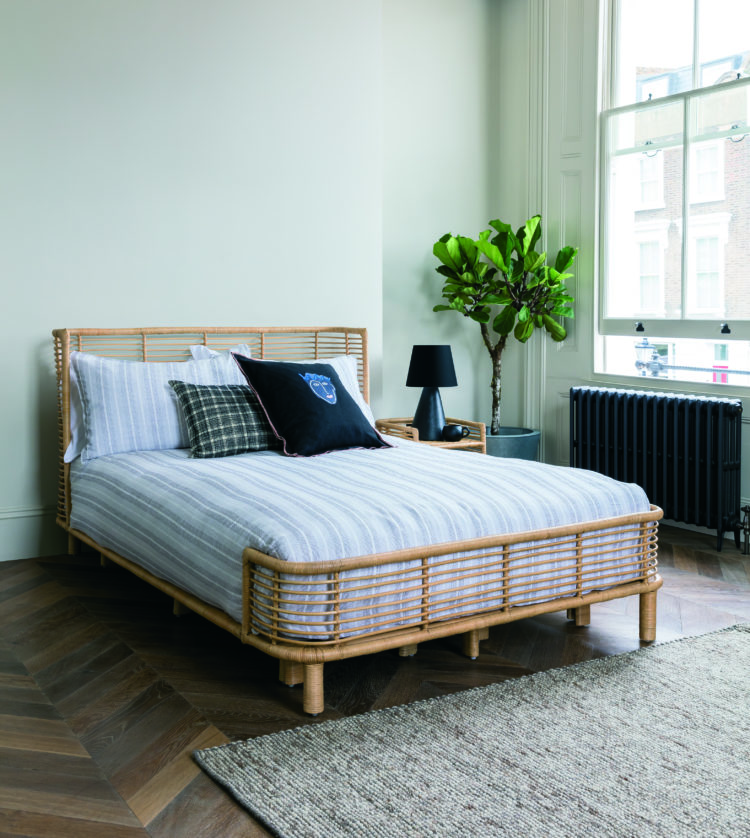
But it doesn’t have to be literal. Not everyone wants a fish tank in the sitting room, so think instead about choosing textures and patterns that resemble the natural world. It can be in the patterns and textures that you bring into your home.
Think about using natural materials – wooden floors, sheepskin rugs, even timber on the walls or textiles such as linen, which comes, of course, from flax. Then consider the colours you use. In basic terms; blue reminds us of the sky and the sea so it’s a relaxing colour, greens are invigorating and yellow is for the sun, ripe crops and it’s a warming colour.
Now I’m not suggesting we all decorate our houses in blue, green and yellow because there are many more colours in nature, but think for a moment of the classic honey coloured French cottage in Provence, with pale green shutters and lavender in planters by the front door. That, for me at least, is a very relaxing image, so it stands to reason that bringing them inside will make you feel relaxed and connected to the natural world outside at the same time.
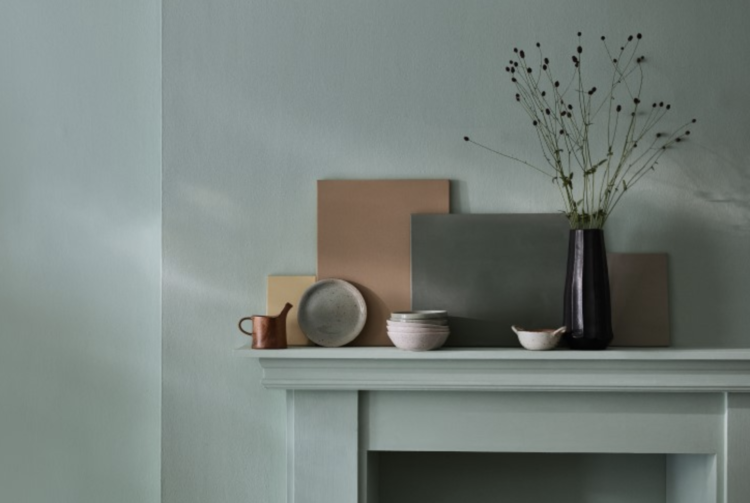
The final element, says Oliver, is about our human response to the spaces around us. “Make sure you try and create spaces for separate activities.”
Now this is something Oliver hasn’t managed to do for his own children yet as it does depend on the space you have in your house but ideally a place they can work and a place they can relax. If there’s no space for separate rooms then try and zone their bedrooms.
Mind you, my 15yo has a small bedroom with an L-shaped desk – in theory one for work and one for making and then there is his bed, with space on the floor for a beanbag perhaps for screen time. The reality is that he sleeps, works and, on occasion, if my vigilance lapses, eats in his bed. The floor is full of clothes, the desks are full of stuff. So you can lead a horse and all that…
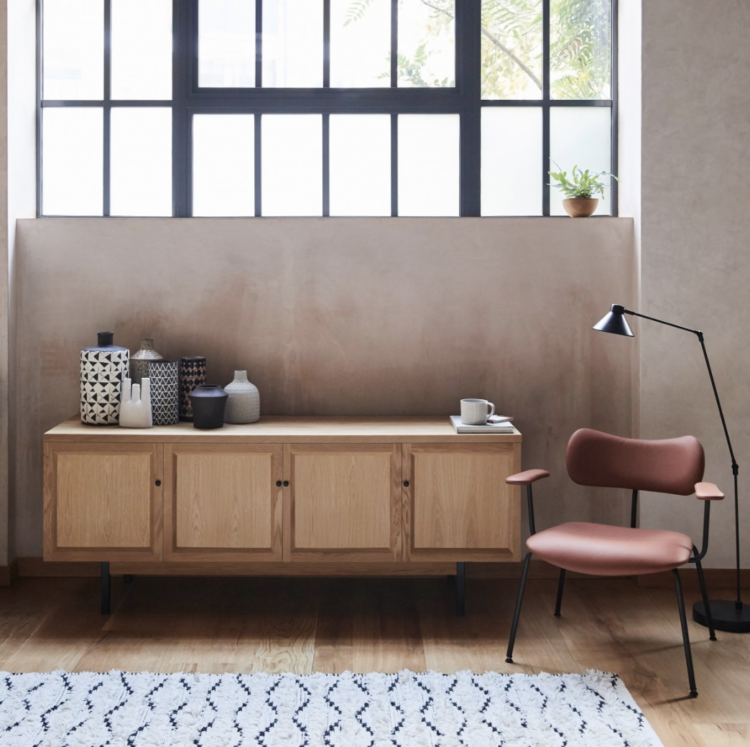
But even 10 minutes away from that is enough to decompress. If you have a balcony or a garden try to spend ten minutes sitting out there from time to time. Oliver advocates a lock on the bathroom door so he can shut himself away for a few minutes and breathe deeply and alone. Or just putting a chair by a window is enough.
So now that you are an expert too, do you find you naturally incorporate these elements into your home or might you try from now on? The images were supplied by Habitat as Oliver has been working with them to raise awareness of biophilic design.
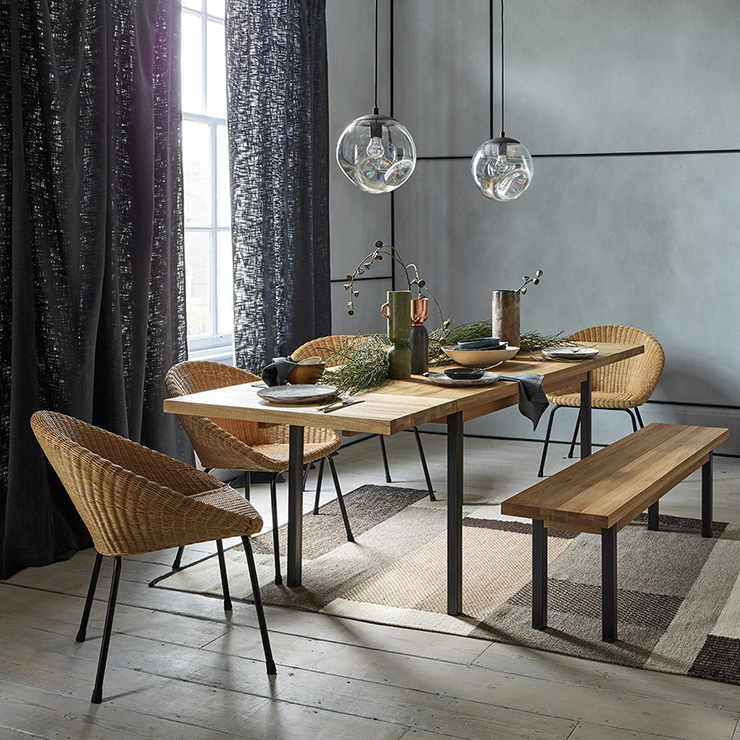
Their head of design, Kate Butler, said: There has been greater demand for natural inspired furniture collections over the last few seasons, products that use natural materials, textures and colours to bring a calmer, restorative aesthetic to a space.
“Designs that incorporate natural, light wood grains (such as oak and ash), rattans and bamboos have all been performing well across lighting and furniture – most notably within our urban markets – materials that help to subtly create a connection with nature within a space, especially when mixed together with houseplants and other organic elements.
Our Design Studio has been focusing on creating products that incorporate natural elements specifically for small city spaces with this biophilic idea in mind, bringing an interesting juxtaposition to the urban environment that surrounds them and still being small space friendly and functional for modern life.”






I live right in the country beside the sea so I do t have a disconnect with nature. We have stunning views of rolling hills from the back our house some are extremely lucky. Even still.I have tried to bring the natural world into my living space as I find it extremely restorative. I have painted the living room moss green, I’ve got botanical wallpaper, lots of wooden furniture, botanical artwork and pictures of animals and a cork wall. And I find the space to be very calming and serene. I didn’t even know what biophilic design was at the time we decorated. But I knew it made me feel good.
Really interesting post, thanks. I’m continually trying to sneak more plants into the house so at least I can now direct my wife to this research the next time she asks if we really need another one! Imagine if we had the foresight to incorporate this design in schools and offices rather than just throwing them up as cheaply as possible
I must say I feel much more relaxed when I can see the outside world, interesting to know it is a whole field of design in itself and with such a fancy term! I am lucky to work in an office overlooking beautiful gardens, and my home has large glass doors looking directly onto the garden, so while I don’t have plants inside (beyond basil :)) I definitely have a connection to the outside pretty much all the time, even if I rarely manage to have a cup of tea sitting outside.
I find this so interesting, everyone says how calm my house is, I have classes the wet room /loo with tiles that look like timber, I have sheepskins and plants everywhere, green touches, grey/greens, just bought a bamboo coffee table ( vintage for £15) and go swimming everyday to calm me down and I didn’t realise why I did theses things. I’m a caterer so have a stressful job like most people and like my house to be my sanctuary.